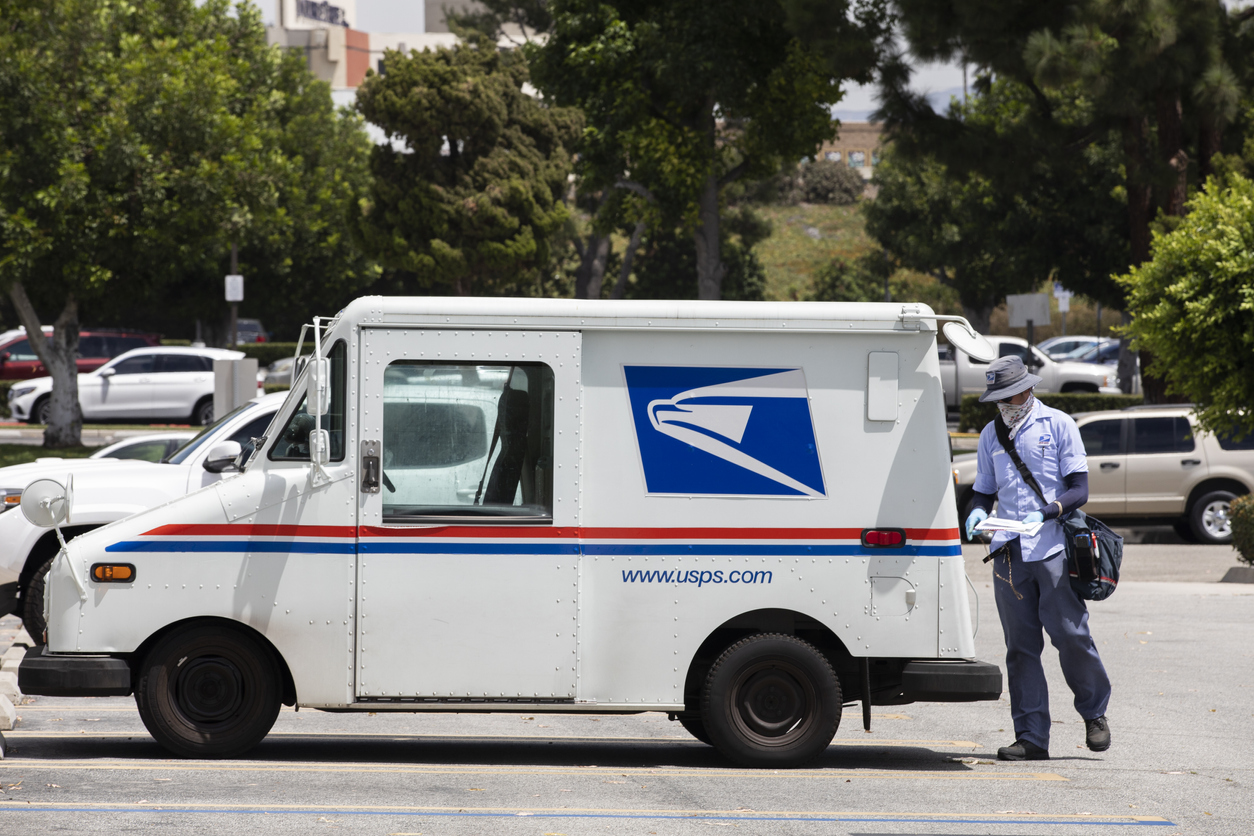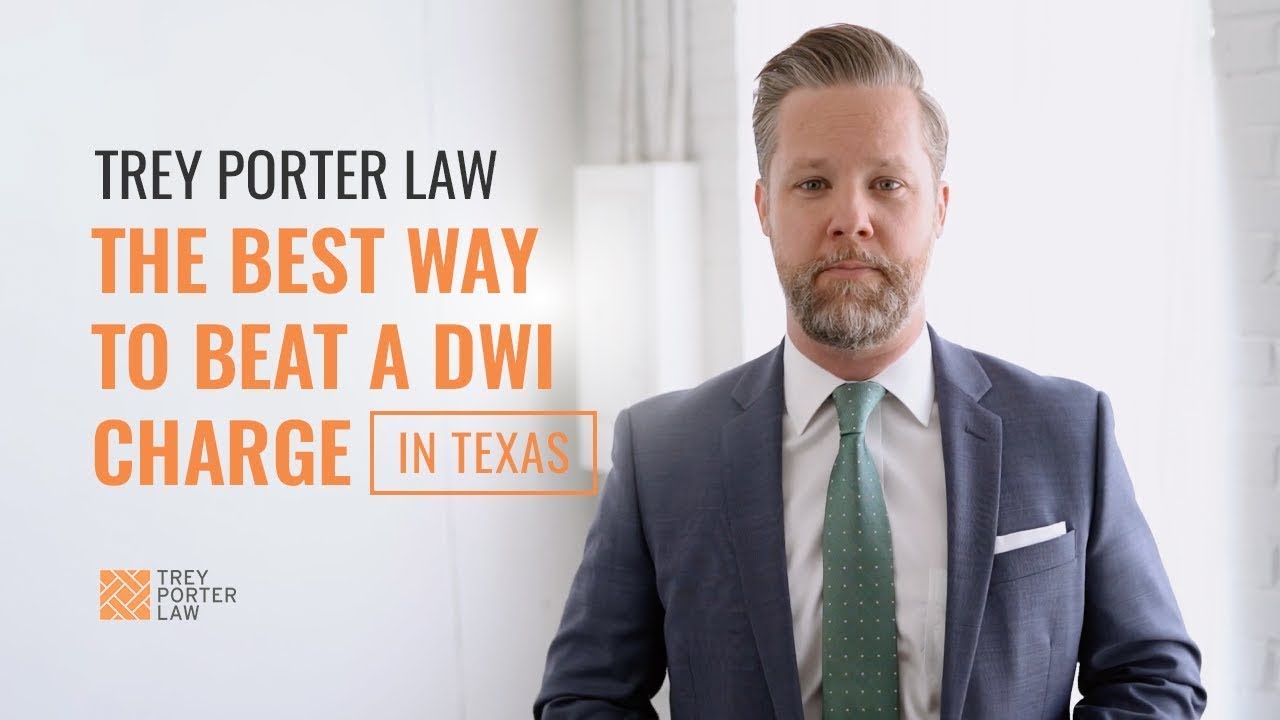USPS Car Accident Claims: A Comprehensive Guide
Did you recently have the misfortune of being involved in a car accident with a USPS vehicle? If so, you’re probably wondering what steps to take next—and that’s where this comprehensive guide comes in. We’ll walk you through everything you need to know about filing a claim with the United States Postal Service (USPS), from gathering evidence to negotiating a settlement.
What to Do After a USPS Car Accident
The first step after any car accident is to stay calm and assess the situation. If you or anyone else involved in the accident is injured, call 911 immediately. Once you’ve ensured everyone is safe, you should exchange information with the other driver(s) involved, including your name, address, phone number, insurance information, and license plate numbers. You should also take photos of the damage to both vehicles and the accident scene.
Filing a USPS Car Accident Claim
To file a claim with the USPS, you must do so within two years of the accident date. You can file a claim online, by mail, or by phone. If you file online, you will need to provide your contact information, the date and location of the accident, the names of the other drivers involved, and the damage to your vehicle. If you file by mail, you can download a claim form from the USPS website and mail it to the address provided on the form. If you file by phone, you can call the USPS at 1-800-ASK-USPS (1-800-275-8777).
Negotiating a Settlement
Once you have filed your claim, the USPS will investigate the accident and determine whether you are entitled to compensation. If the USPS accepts liability, you will be offered a settlement. You should carefully review the settlement offer and consult with an attorney if you have any questions or concerns. If you are not satisfied with the settlement offer, you can negotiate with the USPS for a higher settlement amount.
Additional Tips
Here are a few additional tips for filing a USPS car accident claim:
– Gather as much evidence as possible. This includes photos of the damage to both vehicles and the accident scene, as well as witness statements and police reports.
– Be prepared to negotiate. The USPS may not offer you the full amount of compensation you are entitled to, so be prepared to negotiate for a higher settlement amount.
– If you are not satisfied with the settlement offer, you can file a lawsuit against the USPS.
Filing a car accident claim can be a stressful and time-consuming process, but it’s important to remember that you are not alone.
When to File a USPS Car Accident Claim
Navigating the aftermath of a car accident is no walk in the park. Throw in the complexities of dealing with a USPS vehicle, and you might feel like you’re lost in a labyrinth. But fret not, my friend! This comprehensive guide will shed light on your rights and lead you through the process of filing a claim against USPS. So, buckle up and let’s get started.
Gathering Evidence: The Cornerstone of Your Claim
Building a strong case for your claim starts with gathering solid evidence. Treat the accident scene like a treasure trove—every piece of information you collect will strengthen your position. Photos of the damage, witness statements, and a detailed police report are like gold. They’ll help you paint a clear picture of what happened and support your claim for compensation.
Filing the Claim: A Step-by-Step Guide
Now, let’s break down the claim-filing process into manageable steps. First up, you’ll need to contact USPS within a certain time frame—usually six months after the accident. They’ll provide you with a claim form, which can be a daunting document. But don’t worry, just fill it out honestly and provide as much detail as possible. Once you’ve got your claim form ready, send it off to USPS and keep a copy for your records.
Negotiating a Settlement: Finding a Fair Compromise
After you’ve filed your claim, USPS will review it and may reach out with an offer. This is where your negotiation skills come into play. Don’t be afraid to ask for what you deserve, but also be prepared to compromise. Remember, the goal is to reach a settlement that’s fair to both parties.
Taking Legal Action: A Last Resort
If negotiations fail and USPS refuses to offer a fair settlement, you may need to consider legal action. This is a path best navigated with the guidance of an experienced attorney. They can help you file a lawsuit and fight for your rights in court. While legal action can be a lengthy and costly process, it may be your only option for obtaining fair compensation.
USPS Car Accident Claims: A Comprehensive Guide to Filing and Compensation
Have you recently been involved in a car accident caused by a USPS vehicle? If so, you may be wondering what steps to take and how to file a claim for compensation. This article will provide you with a comprehensive guide to filing a USPS car accident claim, including:
* Contacting the USPS and obtaining the necessary forms
* Completing and submitting the claim form
* Gathering evidence to support your claim
* Negotiating with the USPS for a fair settlement
Filing a USPS Car Accident Claim
If you have been involved in a car accident with a USPS vehicle, it is important to take the following steps:
- Contact the USPS. You should contact the USPS as soon as possible after the accident. You can do this by calling the USPS at 1-800-ASK-USPS (1-800-275-8777) or by visiting your local post office.
- Obtain a Form 1910, Notice of Tort Claim for Damages. This form is available from the USPS website or from your local post office. The form must be completed and submitted to the USPS within two years of the accident.
- Complete and submit the claim form. The claim form requires you to provide information about the accident, including the date, time, and location of the accident; the names and contact information of the drivers involved; and the insurance information of the drivers involved. You must also provide a detailed description of the injuries and damages you sustained in the accident.
After you have submitted the claim form, the USPS will investigate the accident. The USPS may request additional information from you, such as medical records or photographs of the accident scene. The USPS will then make a decision on your claim. If the USPS approves your claim, you will receive a settlement offer. You can accept or reject the settlement offer. If you reject the settlement offer, you may be able to file a lawsuit against the USPS.
USPS Car Accident Claims: A Guide to Navigating the Process
If you have the misfortune of being involved in a car accident with a USPS vehicle, it’s crucial to take immediate steps to protect your legal rights and ensure you receive fair compensation. Filing a claim with USPS can be a complex and overwhelming process, but by following the right steps, you can increase your chances of success.
Documenting the Accident
After a car accident, it’s imperative to thoroughly document the scene to preserve evidence and support your claim. Here are some key steps to follow:
- Take photos: Capture images of the damage to both vehicles, the accident scene, and any visible injuries.
- Gather witness information: Obtain the names and contact information of anyone who witnessed the accident, as their statements can provide valuable support for your claim.
- Report the accident to the police: File a police report as soon as possible, as it will provide an official record of the incident and help establish fault.
- Request a copy of the police report: Once the police report is available, request a copy from the relevant law enforcement agency.
- Seek medical attention: Even if you don’t feel injured immediately, seek medical attention to document any injuries and ensure your health. Medical records will be crucial in determining the extent of your damages.
Remember, every piece of documentation you gather will strengthen your case and make it easier to pursue a successful USPS car accident claim.
USPS Car Accident Claims
If you are involved in a car accident with a USPS vehicle, you may be wondering what to do. The good news is that you can file a claim with the USPS to recover damages for your injuries and property damage. However, the process of filing a USPS car accident claim can be complex. That’s why it is important to speak to an experienced attorney who can guide you through the process.
Negotiating a Settlement
After submitting your claim, you may negotiate a settlement with the USPS to resolve your case. This is a common way to resolve car accident claims, and it can be a good option if you are able to reach a fair agreement with the USPS. However, it’s important to remember that you are not obligated to accept a settlement offer from the USPS. If you are not satisfied with the offer, you can reject it and proceed with your case.
If you decide to negotiate a settlement, it is important to do so with the help of an experienced attorney. An attorney can help you evaluate the value of your claim, negotiate with the USPS on your behalf, and ensure that you get a fair settlement.
Here are some tips for negotiating a settlement with the USPS:
- Be prepared to provide documentation to support your claim. This includes medical records, repair bills, and lost wage statements.
- Be realistic about your expectations. Don’t expect to get everything you ask for, but you should be able to get a fair settlement that covers your damages.
- Be willing to compromise. Negotiation is a back-and-forth process. You may need to be willing to compromise on some issues in order to reach an agreement.
- Don’t be afraid to walk away from the negotiation table. If you can’t reach a fair settlement, you can always reject the USPS’s offer and proceed with your case.
- Get everything in writing. Once you reach a settlement agreement with the USPS, make sure to get it in writing. This will help to protect you if there are any disputes later on.
USPS Car Accident Claims: A Comprehensive Guide to Pursuing Compensation
In the unfortunate event of a car accident involving a United States Postal Service (USPS) vehicle, navigating the claims process can be a complex and challenging task. However, understanding your rights and knowing the steps to take can empower you to seek fair compensation for your injuries, damages, and losses.
Negotiating with USPS
The first step in handling a USPS car accident claim is to file a notice of claim within two years of the accident. After reviewing your claim, USPS may offer a settlement. Carefully consider the offer, as accepting it will release USPS from any further liability. If you find the settlement unsatisfactory, don’t hesitate to negotiate with USPS.
Providing Evidence
To support your claim, gather as much evidence as possible. This may include medical records, police reports, witness statements, and photos of the accident scene and damage to your vehicle. Providing detailed evidence will strengthen your case and increase the likelihood of a favorable outcome.
Hiring an Attorney
If negotiations with USPS prove unsuccessful, consider hiring an attorney specializing in car accident claims. An experienced attorney can provide legal guidance, represent you in negotiations, and protect your rights. Attorneys typically work on a contingency basis, meaning that you pay them a percentage of the settlement or judgment you receive.
Filing a Lawsuit
If negotiations fail, you may consider filing a lawsuit to pursue your claim further. Remember, the statute of limitations for filing a lawsuit varies by state, so it’s crucial to act promptly. Your attorney will assist you in drafting and filing the lawsuit and representing you throughout the legal process.
Going to Court
The trial process can be lengthy and complex. Here’s a deeper dive into the various stages of going to court:
- Jury Selection: Both parties will present arguments to select a jury that will hear the case.
- Opening Statements: Attorneys for both sides will present their case to the jury.
- Witness Testimony: Witnesses called by both parties will testify about their knowledge of the accident.
- Expert Witnesses: Attorneys may call upon experts, such as medical professionals or accident reconstructionists, to provide their opinions and analysis.
- Closing Arguments: Attorneys will summarize their cases and present their closing arguments to the jury.
- Jury Deliberation: The jury will retire to deliberate and reach a verdict. In most cases, a unanimous verdict is required.
- Damages: If the jury finds USPS liable, it will award damages to compensate the plaintiff for their injuries, losses, and pain and suffering.
- Appeals: Either party may appeal the jury’s verdict if they believe there were errors during the trial.
Going to court should be considered a last resort. However, if necessary, it’s essential to be prepared for the challenges and potential rewards of the legal process.
USPS Car Accident Claims: A Guide to Filing and Seeking Compensation
Navigating the aftermath of a car accident involving a USPS vehicle can be a daunting task. However, understanding your rights and the steps involved in filing a claim can help you secure the compensation you deserve. This comprehensive guide will cover everything you need to know about USPS car accident claims, from filing the initial report to seeking legal advice.
Filing an Insurance Claim
After a USPS car accident, it’s crucial to report the incident to the appropriate authorities and file an insurance claim as soon as possible. The USPS utilizes the Federal Tort Claims Act (FTCA) to handle accident claims, which differs slightly from standard car insurance claims. To file a claim under the FTCA, you must:
- Gather evidence: collect photos, witness statements, and medical records related to the accident.
- File a Standard Form 95 (SF-95) within two years of the accident.
- Provide supporting documentation: submit copies of the evidence you’ve gathered to support your claim.
Receiving Compensation
Once you’ve filed your claim, the USPS claims adjuster will review it and determine if you’re eligible for compensation. If your claim is approved, you may receive compensation for:
- Medical expenses
- Property damage
- Lost wages
- Pain and suffering
The amount of compensation you receive will depend on the severity of your injuries and the circumstances of the accident.
Seeking Legal Advice
Consulting an attorney can provide valuable guidance and support throughout the process. An attorney can:
- Review your case and assess your legal options.
- Negotiate with the USPS on your behalf.
- File a lawsuit if necessary.
If you’re struggling to communicate with the USPS or disagree with the claims adjuster’s decision, an attorney can advocate for your rights and ensure that you receive fair treatment.
Timeline for Filing a Claim
It’s important to act quickly after a USPS car accident to ensure that your claim is filed within the two-year statute of limitations. While the USPS may consider late claims in certain circumstances, it’s best to file your claim as soon as possible to avoid potential complications.
Additional Resources
For more information on USPS car accident claims, you can visit the following resources:
- USPS Tort Claims Process: https://www.usps.com/about/contact-us/policies-and-regulations/tort-claims-process.htm
- Standard Form 95 (SF-95): https://www.justice.gov/crt/standard-form-95-claims-against-united-states
- Legal Aid Societies: https://www.nlsa.org/find-legal-aid
Conclusion
Filing a USPS car accident claim can be a complex process, but understanding your rights and the steps involved can help you navigate the process successfully. If you’ve been involved in a USPS car accident, don’t hesitate to seek legal advice. An attorney can provide valuable support and ensure that you receive the compensation you deserve.





Leave a Reply